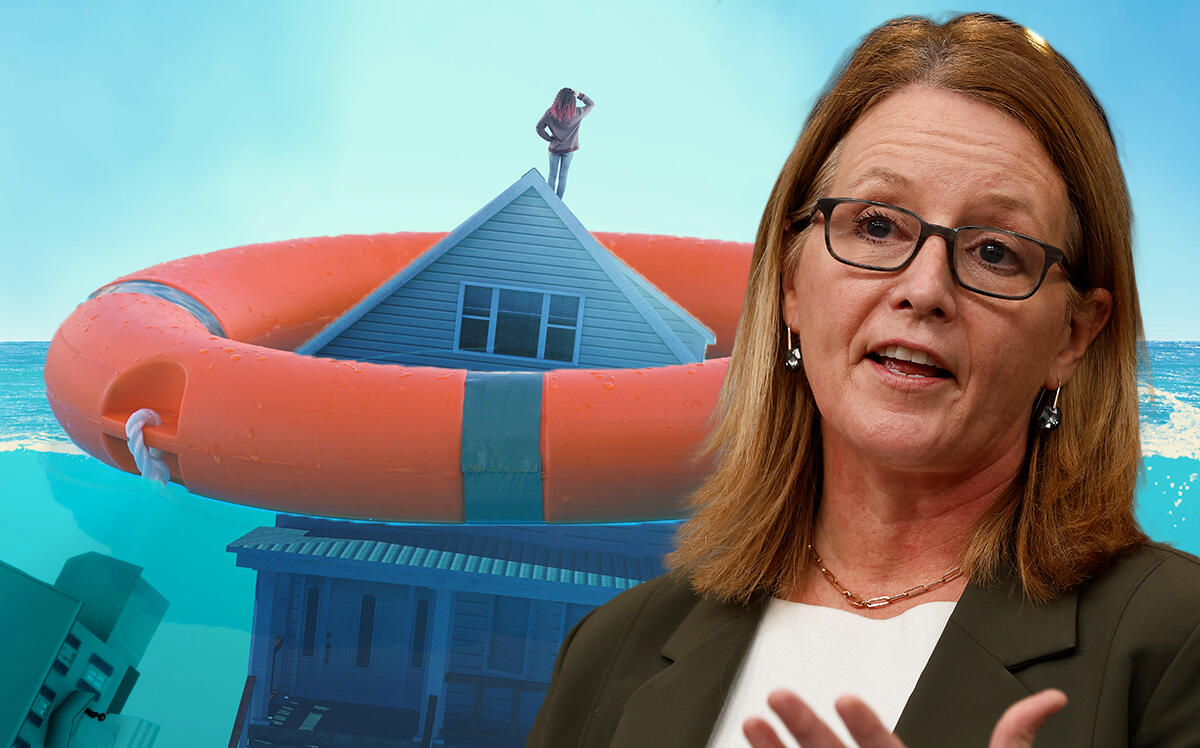While changes to the National Flood Insurance Program set to take effect April 1 will raise prices for 80 percent of policy holders, only a few New York City homeowners will pay substantially more.
Generally, the increases will be modest, and many will see dramatic decreases. It all boils down to how prone your home is to flooding — and how safe your neighbors’ homes are.
“If you live in these risky places your insurance is going to keep getting more expensive because other people in the community aren’t going to be covering for you anymore,” said Nick VinZant, senior research analyst at QuoteWizard by LendingTree. “FEMA is shifting the burden on the riskiest areas.”
The changes to the Federal Emergency Management Agency program, announced last year, are the first in more than five decades. They are meant to help the agency, which owes more than $20 billion to the U.S. Treasury, cover the rising costs of floods associated with climate change.
Insurance policies issued since last October already reflect the changes.
Rates will now be based on five factors: historical flood frequency, flood type (river, coast, etc.), distance to water source, property characteristics and cost to rebuild.
Only 4 percent of residents statewide have flood insurance, yet the NFIP paid out nearly $5.5 billion last year in New York. Nationally, that number was $71 billion.
Read more

Less than 1 percent of city residents have a policy but VinZant said that number could rise as sea levels do and as the warming planet makes storms more intense. Of the 53,000 local policies, prices will decrease for 37 percent. Among policy holders whose costs will rise, one-third will pay no more than $10 extra, and only 99 owners will see a hike of more than $100.
Homeowners in high-risk zones won’t be able to avoid rising premiums unless they move, VinZant said. Mortgage lenders usually require flood insurance for homes in such areas. While private alternatives are sometimes available, they are often hard to get.
Newsday reported that 3 in 4 Long Islanders with flood insurance will pay more under the new rates, with the biggest increases on the South Shore. "You are going to have a lot of really upset people,” David Clausen, CEO of Coastal Insurance Solutions in Rocky Point, told the newspaper.
VinZant said policy holders in high-risk areas might see the cost of their policy rise as much as 18 percent per year. And because home values and replacement costs have spiked, many homeowners are already underinsured.
“It doesn't matter if you don't believe in climate change,” he said. “Your insurance company does.”
